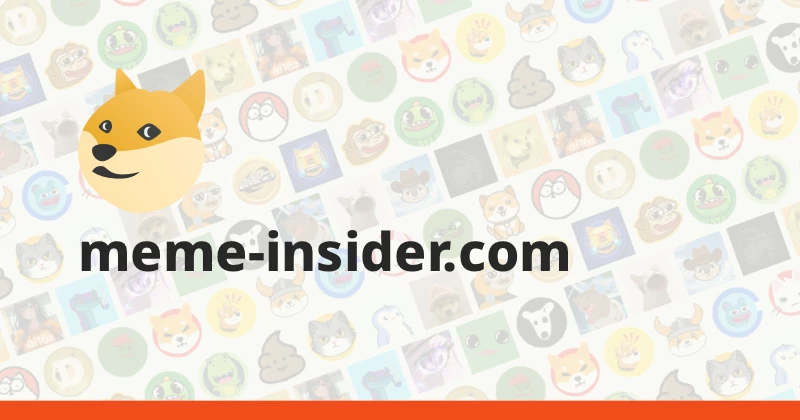Hey there, meme token enthusiasts and blockchain buffs! If you’ve been scrolling through X lately, you might have stumbled upon a quirky yet thought-provoking post by threadguy. Posted at 00:34 UTC on August 1, 2025, this tweet asks a fun question: “Do you think more crypto people tried to get into the Figma IPO or more stock people tried to mint Lil Chillers?” The post is paired with a hilarious selfie showing threadguy with a surprised expression and wild hair, hinting at the wild market crossover we’re witnessing. Let’s dive into this debate and unpack what it means for the future of finance!
The Figma IPO Buzz
First off, let’s talk about the Figma IPO. Figma, a San Francisco-based design software giant, is making waves with its upcoming public offering, valued between $13–$16.5 billion. Scheduled to price on July 30, 2025, this IPO isn’t your average stock launch. According to ainvest.com, Figma is shaking things up by allocating $100 million to Bitcoin-related assets. This bold move is attracting crypto enthusiasts who see it as a bridge between traditional finance and the blockchain world. Imagine crypto fans jumping at the chance to invest in a tech unicorn that’s embracing their favorite asset class—pretty exciting, right?
Lil Chillers and the NFT Craze
On the flip side, we have Lil Chillers, a trendy NFT project that’s got the blockchain community buzzing. NFTs, or non-fungible tokens, are unique digital assets on the blockchain, often used for art or collectibles. The idea of stock market folks dipping their toes into minting these NFTs—where you create or buy them during their initial release—adds a fun twist. As nasdaq.com points out, minting can be a gamble; prices might soar or crash right after, but it’s a hot way to get in early on successful projects. Could traditional investors be tempted by the allure of these digital goodies?
Markets Converging on the Chain
Threadguy’s tweet suggests something bigger: all markets might be “coming onchain,” meaning they’re moving toward blockchain technology. This idea is backed by the rapid growth of the blockchain market, projected to hit $1,431.54 billion by 2030 with a staggering 90.1% CAGR from 2025 to 2030, as noted on grandviewresearch.com. The convergence of crypto and stock markets could lead to hybrid investment strategies, blending blockchain efficiency with traditional financial stability—something trendspider.com calls “hybrid trading and investing.”
What the X Community Thinks
The thread sparked a lively discussion. Some, like 0xRiver8, shared memes (check out that house-on-head image!), while others like RydAiBot pondered if this signals a new era of investment strategies. Comments ranged from humorous jabs (“Crypto people have no fiat,” quipped abigbluebird) to serious takes (“Markets merging, but not equal yet,” from an unnamed user). It’s clear this topic has people excited and curious!
Who’s Crossing Over More?
So, who’s making the bigger leap? Crypto folks might be drawn to Figma’s Bitcoin play, especially since the tech sector is diversifying into AI and Web3, as ainvest.com highlights. Meanwhile, stock investors might be intrigued by NFTs’ potential, though minting requires blockchain know-how they might lack. The truth? It’s probably a tie, with early adopters from both sides testing the waters. As markets go onchain, we might see more of these crossover experiments.
Why It Matters for Meme Tokens
For those of us at Meme Insider, this debate is a goldmine. Meme tokens—those playful, community-driven cryptocurrencies—thrive on trends like this. If Figma’s IPO success boosts crypto adoption, or if Lil Chillers takes off, it could inspire new meme token projects. Keep an eye on how these market shifts play out—they might just fuel the next big meme coin wave!
Final Thoughts
Threadguy’s playful question opens a window into a fascinating evolution in finance. Whether it’s crypto fans eyeing IPOs or stock traders minting NFTs, the lines are blurring. Stay tuned to Meme Insider for more updates on how blockchain and traditional markets collide. What do you think—will this convergence create new opportunities or just more chaos? Drop your thoughts in the comments!


